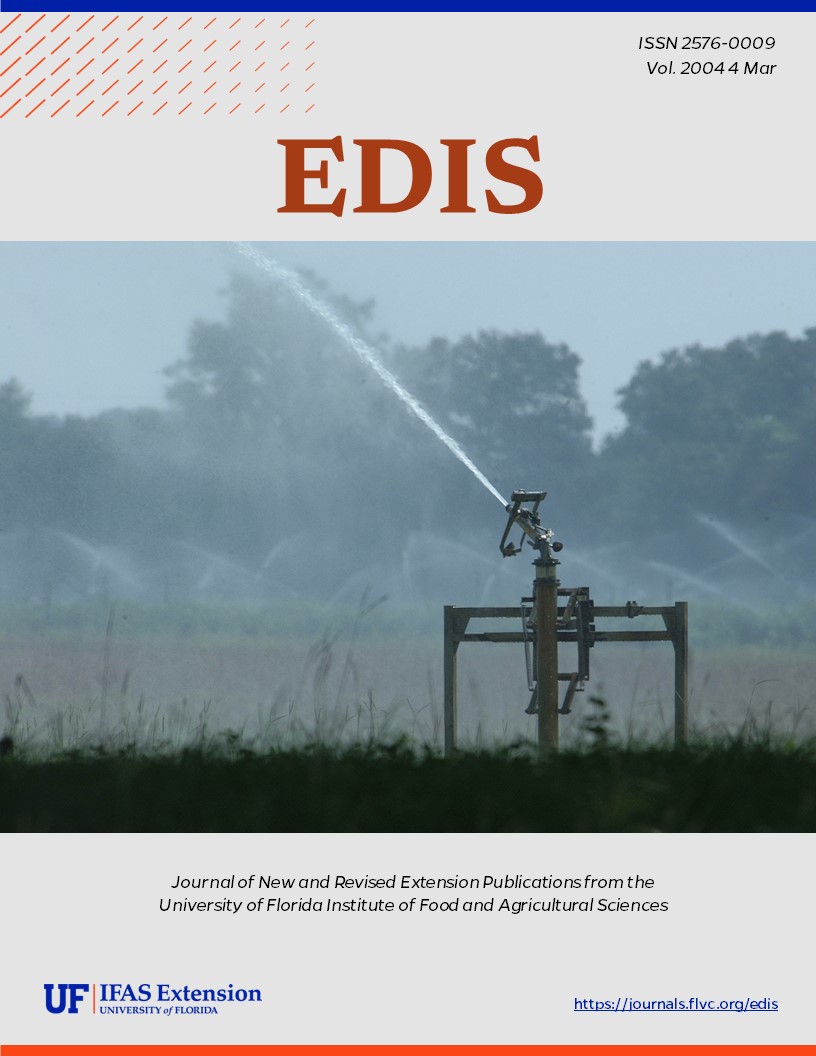Abstract
The southern pine beetle (SPB), Dendroctonus frontalis Zimmermann, is the most destructive insect pest of pine in the southern United States. A recent historical review estimated that SPB caused $900 million of damage to pine forests from 1960 through 1990 (Price et a1. 1992). This aggressive tree killer is a native insect that lives predominantly in the inner bark of pine trees. Trees attacked by SPB often exhibit hundreds of resin masses (i.e., pitch tubes) on the outer tree bark. SPB feed on phloem tissue where they construct winding S-shaped or serpentine galleries. The galleries created by both the adult beetles and their offspring can effectively girdle a tree, causing its death. SPB also carry, and introduce into trees, blue-stain fungi. These fungi colonize xylem tissue and block water flow within the tree, also causing tree mortality (Thatcher and Conner 1985). Consequently, once SPB have successfully colonized a tree, the tree cannot survive, regardless of control measures. his document is EENY-176 (originally published as DPI Entomology Circular 369), one of the Featured Creatures series of the Entomology and Nematology Department, Cooperative Extension Service, Institute of Food and Agricultural Sciences, University of Florida. Published: November 2000. Revised: March 2004.
References
Anonymous. (April 2001). 2001 Southern pine beetle trapping survey for Florida. Florida Division of Forestry. http://www.fl-dof.com/Conservation/forest_health/SPB2001/ (5 July 2001).
Belanger, R.P., R.L. Hedden, and P.L. Lorio, Jr. 1993. Management strategies to reduce losses from the southern pine beetle. Southern Journal of Applied Forestry 17: 150-154. https://doi.org/10.1093/sjaf/17.3.150
Belanger, R.P., and B.F. Malac. 1980. Silviculture can reduce losses from the southern pine beetle. USDA Forest Service, Combined Forest Pest Research Development Program. Handbook No. 576. 17 p.
Billings, R.F., and H.A. Pase, III. 1979. A field guide for ground checking southern pine beetle spots. USDA Forest Service, Combined Forest Pest Research Development Program. Handbook No. 558. 19 p.
Billings, RF., and W.W. Upton. 1993. Effectiveness of synthetic behavioral chemicals for manipulation and control of southern pine beetle infestations in East Texas. USDA Forest Service, Southern Forest Experiment Station. General Technical Report: 555-568.
Brown, M.J. 1999. Florida's forests, 1995. Resour. Bull. SRS-48. Asheville, NC: U.S. Department of Agriculture, Forest Service, Southern Research Station. 83 p.
Chellman, C.W., and R.C. Wilkinson. 1975. Recent history of southern pine beetle, Dendroctonus frontalis Zimm., (Col.; Scolytidae) in Florida. Florida Entomologist 58: 22. https://doi.org/10.2307/3493861
Chellman, C.W., and R.C. Wilkinson. 1980. Southern pine beetle outbreaks in Florida since 1974. Florida Entomologist 63: 515. https://doi.org/10.2307/3494543
Dixon, W.N. 1984. lps engraver beetles. FDACS, Division of Forestry. Forest and Shade Tree Pests Leaflet No. 2. 2 p.
Dixon, W.N. 1986. Black turpentine beetle. FDACS, Division of Forestry. Forest and Shade Tree Pests Leaflet No. 4. 2 p.
Dixon, W.N., and T.L. Payne. 1979. Aggregation of Thanasimus dubius on trees under mass- attack by the southern pine beetle. Environmental Entomology 8: 178-181. https://doi.org/10.1093/ee/8.1.178
Fidgen, J. (May 2000). Southern pine beetle information directory. http://www.ento.vt.edu/~salom/SPBinfodirect/spbinfodirect.html (5 July 2001).
Fidgen, J. (July 2001). Southern pine beetle Internet control center. http://whizlab.isis.vt.edu/servlet/sf/spbicc/ (5 July 2001).
Foltz, J.L., and J.R. Meeker. (June 4, 2001). The southern pine beetle in Florida. http://eny3541.ifas.ufl.edu/pbb/spb_info.htm (5 July 2001).
Hayes, J.L., and B.L. Strom. 1994. 4-Allyanisole as an inhibitor of bark beetle (Coleoptera: Scolytidae) congregation. Journal of Economic Entomology 87: 1548-1556. https://doi.org/10.1093/jee/87.6.1586
Knight, H.A. 1969. Forest statistics for northwest Florida, 1969. USDA Forest Service, Southeastern Forest Experiment Station. Resource Bulletin SE-14. 35 p.
McClure, J.P. 1970. Forest statistics for northeast Florida, 1970. USDA Forest Service, Southeastern Forest Experiment Station. Resource Bulletin SE-15. 33 p.
Payne, T.L., and R.F. Billings. 1989. Evaluation of (S)-verbenone applications for suppressing southern pine beetle (Coleoptera: Scolytidae) infestations. Journal of Economic Entomology 82: 1702-1708. https://doi.org/10.1093/jee/82.6.1702
Price, T.S., C. Doggett, J.L. Pye, and T.P. Holmes, eds. 1992. A history of southern pine beetle outbreaks in the southeastern United States. Sponsored by the Southern Forest Insect Work Conference. The Georgia Forestry Commission, Macon, GA. 65 p.
Swain, K.M., Sr., and M.C. Remion. 1981. Direct control methods for the southern pine beetle. USDA Forest Service, Combined Forest Pest Research Development Program. Handbook No. 575. 15 p.
Thatcher, R.C., and P.J. Barry. 1982. Southern pine beetle. USDA Forest Service, Washington, D.C. Forest and Disease Leaflet No. 49. 7 p.
Thatcher , R.C., and M.D. Conner. 1985. Identification and biology of southern pine bark beetles. USDA Forest Service, Washington D.C. Handbook No. 634. 14 p.
Thatcher, R.C., J.E. Coster, and T.L. Payne. 1978. Southern pine beetles can kill your ornamental pine. USDA Forest Service, Combined Forest Pest Research Development Program, Washington, D.C. Home and Garden Bulletin No. 226. 15 p.
Thatcher, R.C., J.L. Searcy, J.E. Coster, and G.D. Hertel, eds. 1980. The southern pine beetle. USDA, Expanded Southern Pine Beetle Research and Application Program, Forest Service, Science and Education Administration, Pineville, LA. Technical Bulletin 1631. 265 p.
Turchin, P., and W.T. Thoeny. 1993. Quantifying dispersal of southern pine beetles with mark- recapture experiments and a diffusion model. Ecological Applications 3: 187-198. https://doi.org/10.2307/1941801
This work is licensed under a Creative Commons Attribution-NonCommercial-NoDerivs 4.0 International (CC BY-NC-ND 4.0) license.

